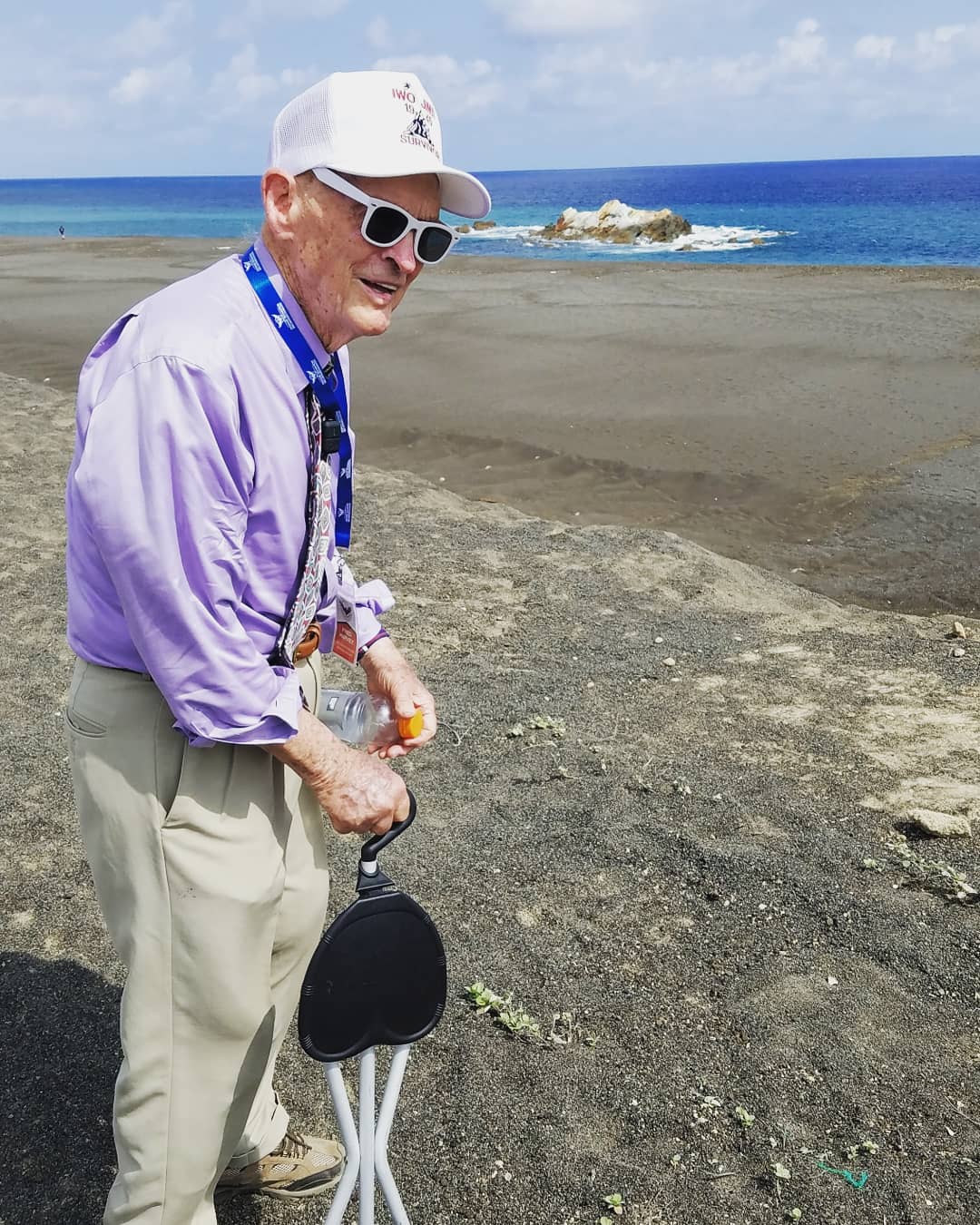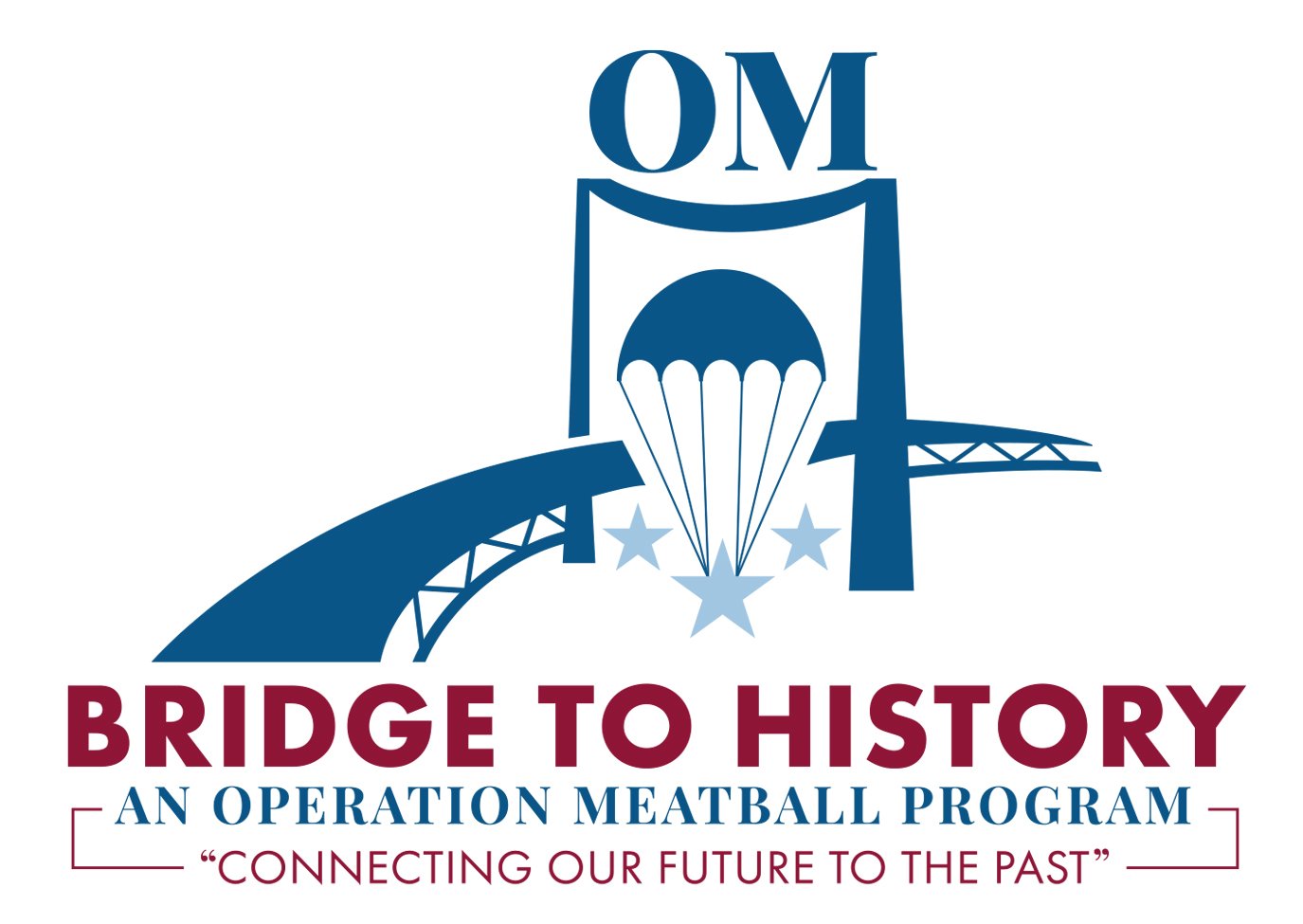Marines, Soldiers, and Sailors: Home from the Islands
/It’s been a couple of weeks since I arrived home from traveling all over the Pacific Islands with 7 Marines, Sailors, and Soldiers, who fought and spilled blood there 74 years ago.
It was a magical 10 days.
Sponsored by the Best Defense Foundation, we stood atop Mt. Suribachi and watched a Marine point to where he had landed on February 19, 1945. We walked along the side of Suicide Cliffs in Saipan and listened as a former Army Lt. Col. and Green Beret explained what it was like to see hundreds of misguided natives willingly throw themselves over the cliffs rather than fall into the hands of the Americans. And we picked up pieces of the tarmac on which the Enola Gay made her famous voyage, changing the course of history forever.
Even as I write now, I am getting chills up my arms.
There is obviously much to tell. For now, I will give you a sampling of photos, with hopefully more to come in the future.
Rondo Scharfe. 16 year old Coxswain at Iwo Jima. His landing craft was hit just as he approached the beach. 17 of the 36 Marines on board were immediately killed. Rondo's sternum was split open, his front teeth were knocked out, and his nose was broken. In the chaos, and not aware of his injuries except that he had a huge pain in his chest, Rondo kept telling himself that, "16 was too young to have a heart attack. Just too young to have a heart attack." Before he bled out, someone grabbed him and pulled him ashore where he was saved.
Fred Harvey, USMC, landed on February 19, 1945 with the 5th Marine Division. He made it 7 days before being seriously wounded after taking 3 Japanese grenades in his foxhole. Fred was evacuated off the island and spent the rest of the war in a body cast in hospital. Later on, Fred received the Silver Star for his bravery during a night patrol early on in the invasion of Iwo, when he was left to defend himself and a wounded comrade after being ambushed by the Japanese.
Same Flag, 14 Years Apart:
On top of Mt. Suribachi with Iwo Jima Survivor Fred Harvey, 5th Marine Division. Fred and I are holding the SAME flag that my brothers brought to Iwo Jima 14 years ago, when they were 10 and 12 years old. So grateful to the Best Defense Foundation for making this special moment possible.














